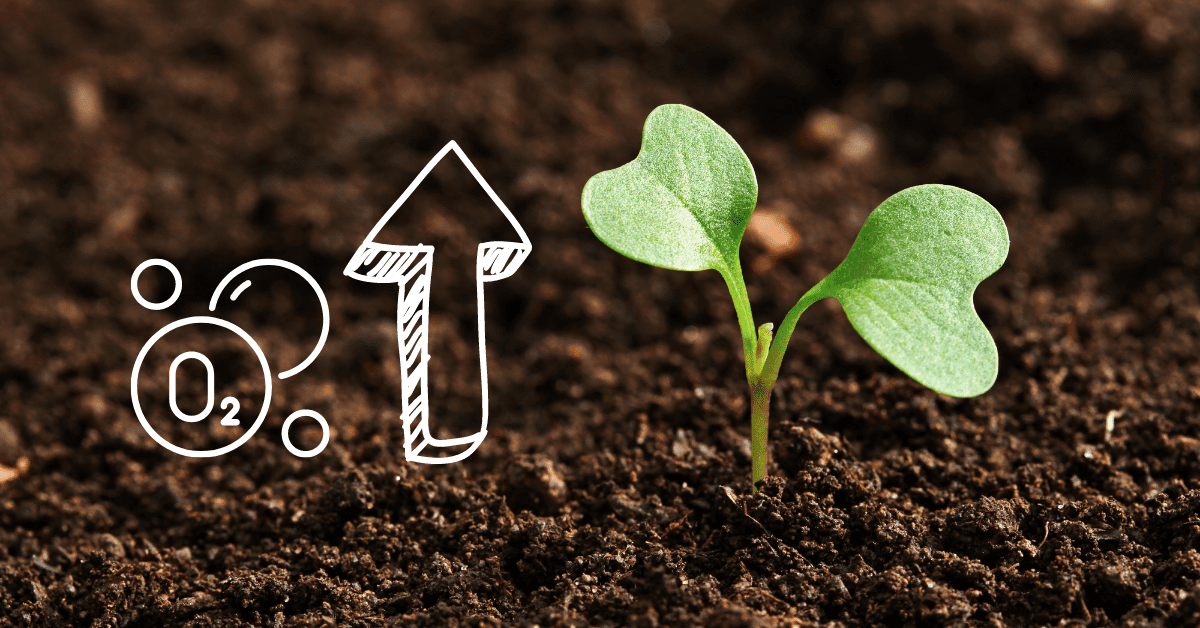
Imagine trying to go about your day constantly holding your breath or only being able to breathe through a straw? Not the most pleasant living conditions, right? Likewise, your customers’ lawns could be experiencing something similar if the soil lacks healthy oxygen levels.
Signs of Poor Soil Health
A number of factors can impact soil health. Keep an eye out for some of the symptoms that something isn’t quite right beneath the surface.
Obviously, a main indicator of a problem is if the lawn is declining. An abundance of weeds can be another indicator that the soil is struggling, as they tend to prefer to grow in poor soils.
Soil color can indicate the amount and state of organic matter and other physical processes. The darker the soil, the higher the organic matter content. Topsoil should be medium to dark brown and slightly moist and crumbly.
If digging a two- to three-foot-deep hole is challenging, it is more likely the soil health is poor. Healthy soils are easy to dig and have little compaction. Water ponding on the surface or running off is another sign of low soil quality. Thriving soils should also host a number of lifeforms, including earthworms and microbes.
Causes of Low Soil Oxygen Levels
Overwatering essentially drowns turfgrass as the moisture displaces oxygen in the soil, so they can’t carry out respiration and experience root death. The more roots die, the less likely the lawn will recover when the soil finally dries.
When soil oxygen concentration drops below 10 to 12 percent, plants can show signs of “water wilt,” where they appear to be wilting despite an abundance of water in the soil.
Another possible culprit is soil compaction. Soil compaction can be sped up by wet soils or driving equipment or walking on saturated soils. This reduces the pore spaces in the soil.
Your customer’s soil texture can play a part in whether it will be more prone to soil compaction or retaining water. If clay makes up more than one-third of the soil’s makeup the soil will be sticky when wet and brick-like when dry.
Improving Oxygen Levels
If your client is overwatering their landscape, discuss with them how frequently they are running their irrigation system. A good rule of thumb is to water for about 30 minutes twice a week. However, they should check the soil after 15 minutes and stop watering once it is moist, about six inches below the surface.
You can also evaluate their irrigation system to make sure there are no leaks or incorrect spraying patterns causing portions of their landscape to be overwatered.
Aeration is one of the main methods used to combat soil compaction as it removes plugs of soil allowing air to reach the roots.
Incorporating additional organic matter can also help improve the soil’s structure. As the organic matter is broken down by microbes in the soil, the mineral components can help create larger pores for oxygen.

